Film: what happens and how to choose?
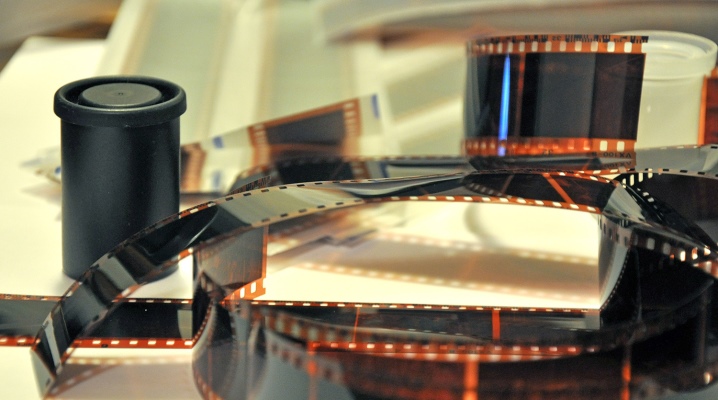
Most ordinary people will say that film photography is finally a thing of the past, and only inveterate romantics can tinker with film these days. This opinion is far from being so popular among photographers; rather, on the contrary, professionals and avid amateurs still highly value film. It is not worth, of course, to assert that she has not lost her position at all, but no professional will say that the film is finally “everything”.
If you are just getting started on your journey in photography and have missed the era of massive use of film, but would like to try to work with it, it is advisable to first understand this issue thoroughly.

Peculiarities
First of all, it is worth deciding why you need photographic film at all in the age of digital photography. You will have to deal with it much more than with the "digital" - you either have to be able to independently develop it (and have the appropriate conditions for this), or constantly hand over the filmed films for development, go somewhere for this, pay money for it, wait. Count frames, after all. With such difficulties, many are genuinely surprised why the film for cameras is still "alive".
Film photography is an art form. It's like drawing - the advent of photography did not kill either pencil drawing or watercolor.
Film photography is not for everyone, it is a rather complicated process, which means that the author of the frame is close to professionals and should not spoil the picture. This is a hobby and bohemian at the same time.
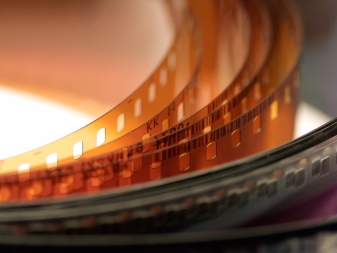
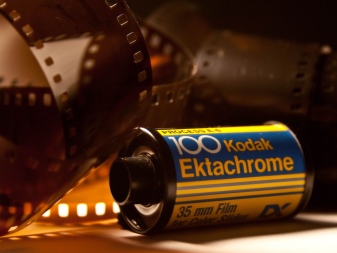
In addition, there is also a purely practical point. The fact is that Many film cameras from well-known manufacturers were made for centuries, but with the advent of "numbers" they became unnecessary for their owners. Now they sell the camera as useless, and therefore for next to nothing. At the same time, the unit itself can be of a professional level - this is what the top photographers of the planet, whose works were printed on the covers of magazines, once walked with. But the descendants do not want to bother with the film and will give the camera for a penny, so that it would bring at least some benefit.
At the same time, film, in contrast to film cameras, is still being produced quite intensively. For a photographer, this is a guarantee that he will not be left without his favorite pastime in the coming years. Depending on his own needs, he can choose not only different cameras and lenses for them, but also different photographic film, which differs in composition, texture, sensitivity.
Understanding the subject, he can get excellent pictures that will in no way be inferior to those taken with a digital camera, and in terms of warmth and "luminosity" will even surpass competitors.
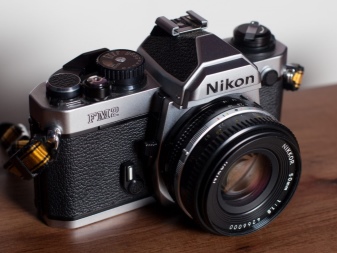
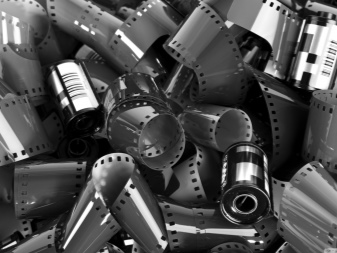
History
The first photographs - daguerreotypes - appeared towards the end of the first half of the last century. In fact, they are united with modern photography only by the fact that the image was formed by a machine, and not by a person; the procedure took several hours, and instead of a film, a copper plate was used. The invention, no matter how “crooked” it may be in the current sense, quickly conquered the minds of mankind, and the best engineers began to look for ways to develop technology. As a result, alternative options for photographic material appeared and disappeared, making the image more and more high-quality, and the process - more and more rapid.
The first to invent roll film and a camera for it was the Pole Leon Warnerke, but it happened in Russia - in St. Petersburg. The technology, presented by him in 1875, involved the use of a collodion emulsion applied to paper and fixed on it with gum arabic. After development, the emulsion with the resulting image was transferred to glass. In principle, the same technology had been used for two to three decades before, only the emulsion was applied directly to glass photographic plates, which were loaded into a camera.
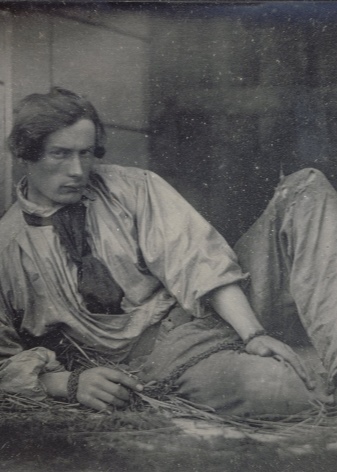

In 1882, the Rostov inventor Ivan Boldyrev proposed a kind of "resinous tape", which, according to some scientists and journalists of that time, was well suited for photography. The author of the invention, despite its potential success, could not find money for the industrial production of such a film, none of the investors was interested in this then, and none of the surviving sources, with all the interest in the "tape", describes the procedure for its production, so the technology can be considered lost.
In the decades that followed, the number of film options only increased. In 1885, George Eastman patented an emulsion of gelatin and silver on a paper basis - such photos, however, were still then transferred to glass. In 1889, the paper was replaced by a transparent celluloid base.
The author of the 35 mm format, which is extremely popular today, was Thomas Edison, who decided to cut the previously known 70 mm film in half so that it would not take up so much space in the cinematic version.
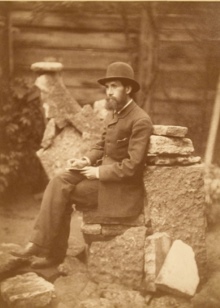
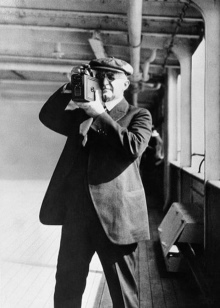

The first films, of course, were purely orthochromatic. - they could be called black and white, but it would be more correct to say that they were sensitive to blue-violet or yellow-green hues. The film “learned” to respond optimally to the red part of the spectrum, even in a conventional black and white version, only in 1905-1907, but the new invention was very expensive at first, and therefore was rarely used.

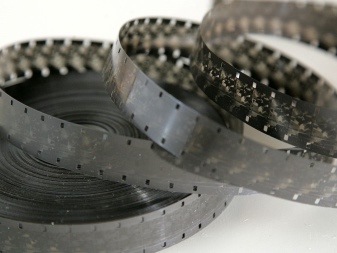
Despite its history, which by that time already totaled several decades, film really began to crowd out photographic plates only in the 1920s. Only by this time, relatively compact cameras began to appear that could be carried with you without much difficulty.and it was a godsend for reporters.
By this time, engineers had already solved the main drawbacks of the then film - it stopped curling uncontrollably and yielding to competitive plates in light sensitivity. The film was much lighter, it could be carried with you in large quantities, it was not afraid of blows, and it was possible to rewind to the next frame almost instantly, while replacing the plate was long and difficult.
In the USSR, the production of photographic film began simultaneously with the launch of factories for the production of film. The regime needed its own newsreels to promote communism, so they quickly thought about the production of the film, setting up its production in the cities of Shostka and Pereslavl-Zalessky.
It is curious that the first Soviet film in production was inextricably linked with the defense industry - the nitrate substrate for it was made from the same colloxylin as explosives.

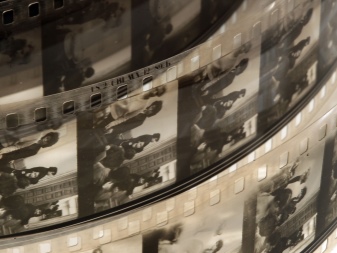
Species overview
The variety of film allows the photographer to experiment with images beyond the customizable capabilities of most modern digital cameras. Let's consider the main varieties (black and white and color films) in more detail.
Black and white
Classic BW films give a monochrome image - it is not necessarily strictly black and white, but can be represented, for example, in the red spectrum, but does not allow the presence of "extraneous" colors. Usually, films with a specifically black and white picture are called black and white, while all the others are called simply monochrome - indicating the spectrum in which they shoot.
Classic black and white film fixes the image on a silver layer, monochrome - on a dye layer. Today, black and white film, as a rule, is only professional - amateurs have not used this for a long time.

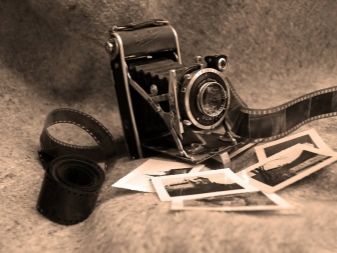
Colored
Films of the color segment are distinguished by their ability to capture all the colors of the photographed objects - as a result, the image looks approximately the same in color gamut as in reality. Globally, they can be divided into 3 main classes, which, by the way, are also typical for black and white products.
- Negative. On such a film, the image is displayed as if mirrored - light places look like dark objects and vice versa. In color photography, colors are also reversed - cyan becomes red, green turns magenta, and vice versa. Having become negative at the time of shooting, in the process of photo printing, the image is inverted back.
Such a complex procedure remains relevant because it is this type of film that provides the maximum photographic latitude, that is, it reproduces the brightness range optimally. This is the most demanded and popular type of film, it allows you to slightly edit the photo at the stage of development and print a photo from one negative several times.
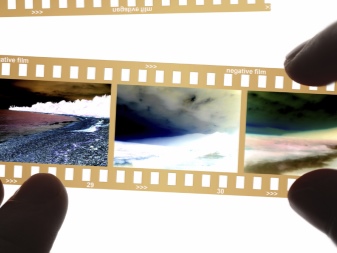
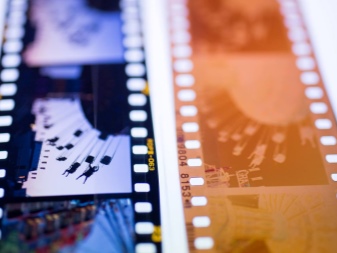
- Reversible or reversible. This so-called slide film is used to create slides and transparencies. Color rendition is carried out on the photographic material itself, without developing inversions. With proper photography, the picture turns out to be even better, but it will not work here to correct any mistake at the stage of development - an unsuccessful frame will remain unsuccessful forever. You can also copy such a photo only by re-shooting the frame.
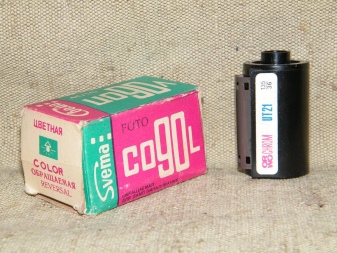
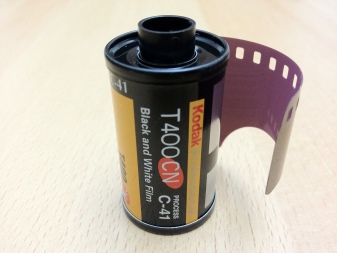
- Positive. This kind of photographic film cannot be ignored, although it is practically not found today. At one time it was used to create microfilms and transparencies, but now it is radically supplanted by computer presentations.

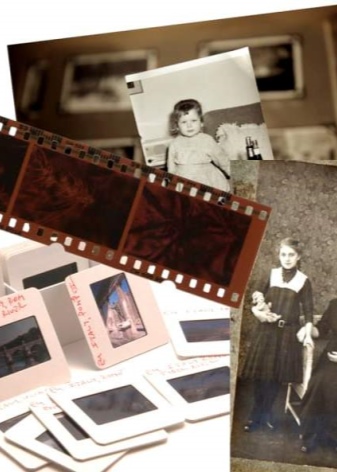
It should also be noted that there are special types of films that can transmit a certain type of invisible radiation in one color or another. These include, for example, infrared photographic film, which shows thermal radiation in yellow-red tones, and its absence - in green-blue.

Formats
Today there are several formats of photographic film that enjoy varying degrees of popularity.
- Narrow-format type 135. The most popular format with 36mm frame length by 24mm height. Such a film is equipped with side perforations for more accurate rewinding, most often it is sold in cassettes of 36 frames, although there are also smaller cassettes. Professional varieties can be sold in large rolls, which the photographer will cut themselves for cassettes.
- Medium format, also known as type 120 or roller film. This film has no perforation. Its size is standard - with a width of 56 mm, it has a length of about 70 cm. It does not have a clear definition of the number of frames, therefore it is suitable for different camera standards and can take pictures with a height of 42.5, 56 or 70 mm, respectively, in different quantities. Most often, square photographs are taken on such film, of which 12 per roll.
- Large format film is sold only in sheets, it is needed for large format cameras. Very rare. One sheet is equal to the size of the final frame, for example, 9 x 12 or 13 x 18 cm.
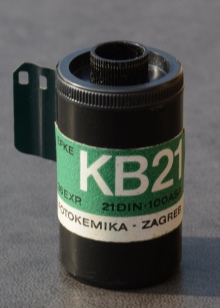
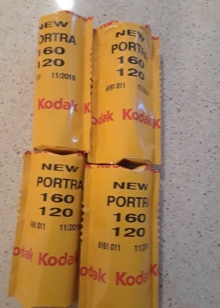
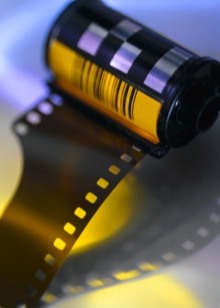
The above list of formats is not exhaustive - in different years and for specific needs, other standards for similar products were produced. Among the special standards, one can recall another type 110 or a special variety of type 135 with a frame size of 24 x 32 mm, which was necessary for some Soviet cameras. (for example, "Spring"). In all cases, it is necessary to make a start not only and not so much from the standard size of the film (although there is no way without it), but from additional characteristics such as light sensitivity, resolution, graininess and much more.
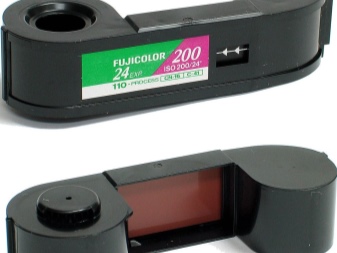
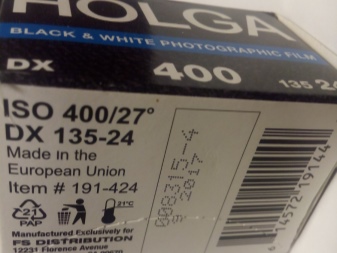
Popular manufacturers
Many newbie photographers mistakenly believe that you can choose a film simply by the name of the brand - they say, a recognizable brand is therefore known for producing excellent products. On the one hand, this is true, on the other - photography is creativity, and there can be no better company... It all depends on what kind of result you want to get in the end, and the mistake in choosing a model can be frustrating even if you put your trust in a well-known giant in the industry. Nevertheless, it is still worth highlighting a few outstanding representatives.
Kodak can be considered the undisputed trendsetter. The American brand was once founded by the same George Eastman, whom we mentioned above in the context of the development of film photography. The history of the brand goes back almost a century and a half, which already speaks for itself. The company is the author of numerous innovations in the world of photography, and it is also known for its desire to buy up young promising startups in the same industry, thanks to which it owns an exorbitant number of patents.
The Kodak range of films still delights classic photography enthusiasts.
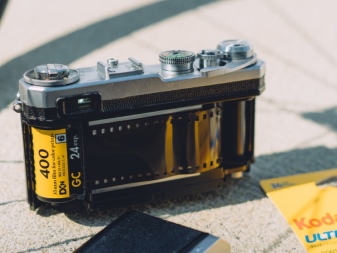
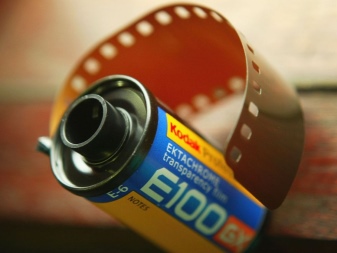
Agfa is a European brand with an even longer historythan the main competitor, but dealing not only with photo and video equipment. Having originated in Germany, the company quickly got out of its home country. Like Kodak, the brand actively bought up smaller competitors with a claim to success.
Tasma was the third film factory in the Soviet Union, and today it is the only one on the territory of the post-Soviet space, where the full production cycle is still preserved. The production of photographic film, organized in Kazan, is still able to meet the needs of photographers in photographic materials for every taste.
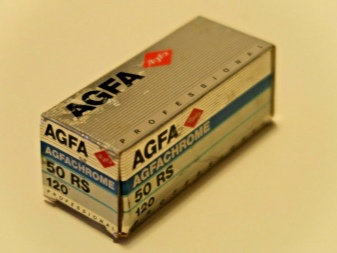
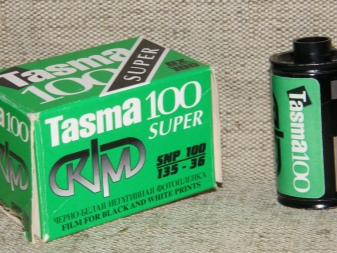
Which one to choose?
As you already understood, the film is capable of giving the quality not worse, or even noticeably better than many digital cameras, but for this you need to choose the right one. When choosing a film for an old film camera of a classic type or a Polaroid with instantaneous image development, you need to pay attention to some criteria, which will help you avoid mistakes and get the best quality pictures.
- Format. We have discussed the most popular formats above. A “non-native” format simply will not fit a camera that does not work with it, therefore this criterion is primary - if you make a mistake, you will waste your money.
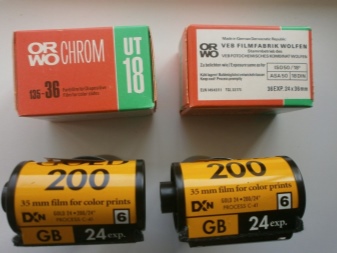
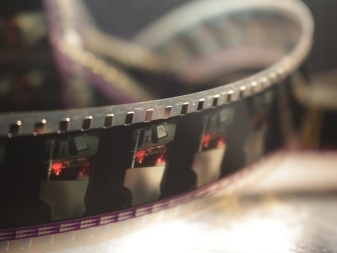
- Sensitivity. Film, unlike digital, does not know how to adapt to the lighting - you have to take the one that was released for the conditions of your photo. The sensitivity standard is known as ISO. If you plan to shoot on a sunny day, then this figure should be approximately equal to 100. In the studio, you can set the lighting so that it falls on the subject, so even ISO 50 is enough. Keep in mind that as ISO increases, detail is lost and graininess increases.
However, the latter is often perceived as a bohemian element, it is not always considered a minus.

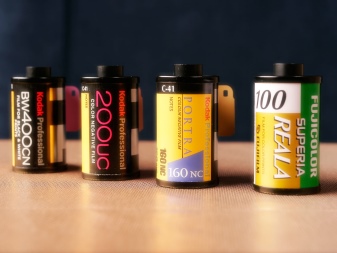
- Black and white, monochrome or color. This is already a matter of taste - it all depends on what you are photographing and why. Monochrome can be very effective if you need to convey the spirit of antiquity, to imitate the work of bygone years. Modern black and white photography has not been associated with antiquity for a long time, but it allows more attention to be paid to the beauty of the lines, as opposed to the lack of brilliance of shades. Color photography is good as the most realistic way to convey an image.
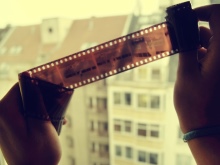
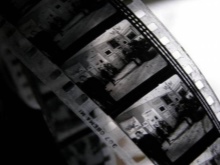
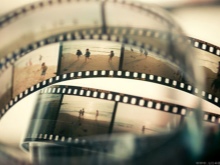
- Permission. This indicator, considered to be an attribute of digital technology, is equally accessible to photographic film. The best professional film "draws" the picture with a resolution of up to 300 lines per millimeter, which means that not a single detail of the image will be missed.At the same time, this quality depends not only on the film - at least the lens and the method of development must match. For amateur photography and a beginner, there will be enough indicators that are several times more modest.
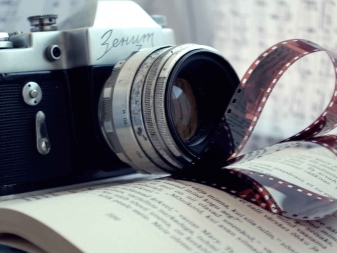

- Indices. Some photographic films are produced with markings that indicate the special properties of the product. For example, a C or VC mark indicates that this film will provide improved contrast and color saturation. If the image should be more neutral, pay attention to the S and NC markings.

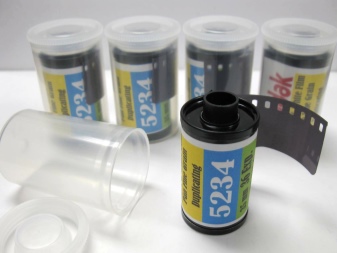
How to store?
In conditions when the film gradually continues to go into oblivion, many of us, just in case, buy it in reserve. But after all This material is quite whimsical - this means that it must be stored under certain conditions, in no case deviating from them. Consider what the film requires for its own long life.
First of all, for the film, you need the correct container - some kind of light-proof case or container. Usually, photographic film is sold in a cassette or reel - they are just designed for long-term storage of a product in a warehouse or store.
Just don't remove the roll unnecessarily and the chances of long-term storage will increase. At a minimum, the packaging will protect against light penetration, and the film will not light up.
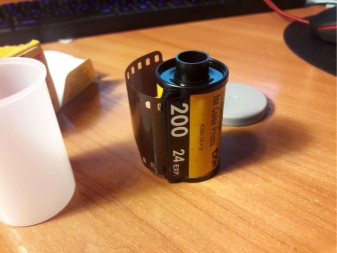
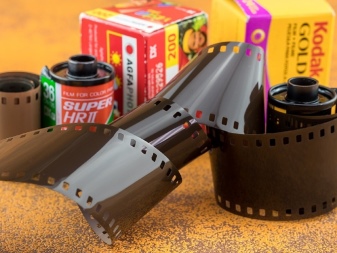
But there are other prerequisites that will make the film last longer.
- Temperature. And the process of photographing, and light exposure, and development, and damage to the film - all these are chemical processes. Almost any chemical process tends to slow down as the temperature drops. If you want to store photographic film for months - do it at a temperature not exceeding 10-13 degrees Celsius, which is the norm for the main compartment of the refrigerator. Giants of the Kodak level directly indicate that storage is possible even for more than six months, but then you need to put the cassette in the freezer, where it will be at least -18.
Film that has been removed from the cold cannot be loaded directly into the camera - let it warm up to room temperature first.

- Humidity. It should not be high in any case - from this the film sticks together and grows moldy, since the emulsion contains gelatin, which is interesting for fungi. Humidity up to 50-60% is considered normal, it is fully provided by factory packaging and modern zip-bags with double fasteners. In this case, the air should not be too dry, otherwise the film will lose its elasticity and begin to crumble, which means that we also remove the silica gel further away.

- Chemical attack. Photoemulsion is afraid of volatile compounds, acids, some gases. At first glance, all this cannot be in the home refrigerator, but it is better to check if there are any medicines or household chemicals nearby. In addition, frozen dough is a dangerous neighbor - it contains both acid and yeast that contribute to mold.
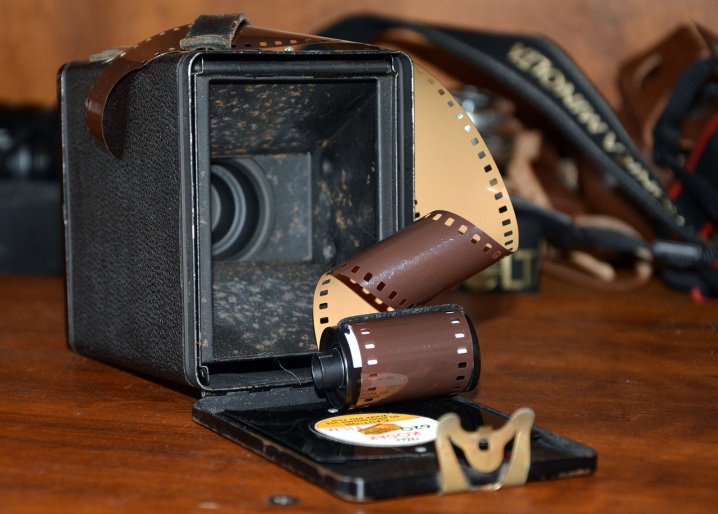
- Radiation. Gamma particles inevitably spoil the film - they are everywhere and it is almost impossible to protect yourself from them. Because of this, very old film will still have more distortion and the grain will increase. Nevertheless, X-rays are even more dangerous, so at the airport you should not check in the film in baggage, which is shown through powerful scanners. Theoretically, if you are not afraid of additional attention, special bags made of lead cloth can be used to transport the film, which are not translucent by X-ray.
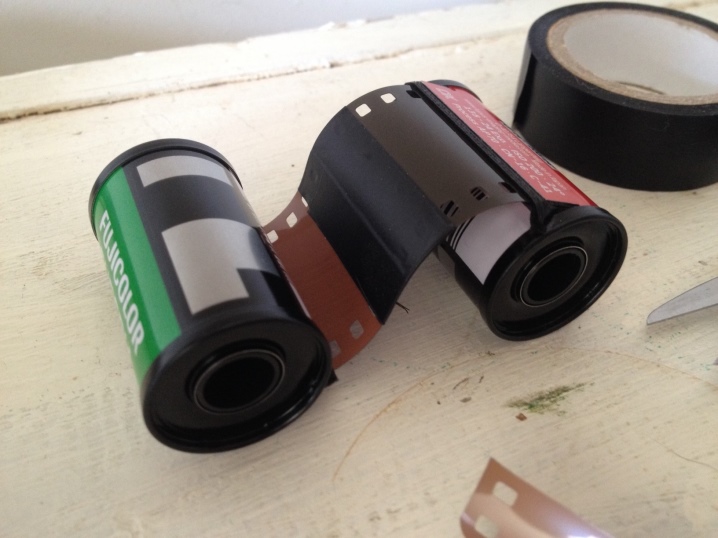
The types of photographic film are presented in the following video.













The comment was sent successfully.